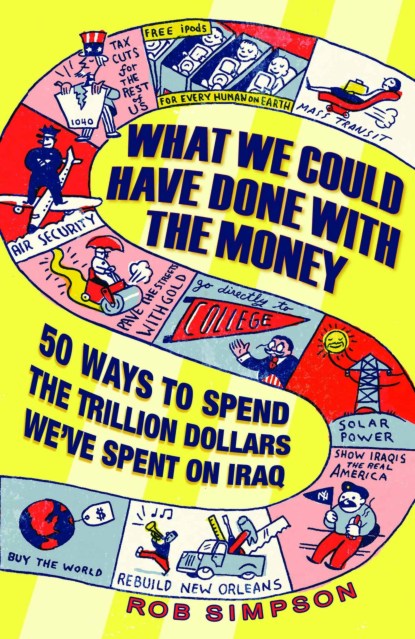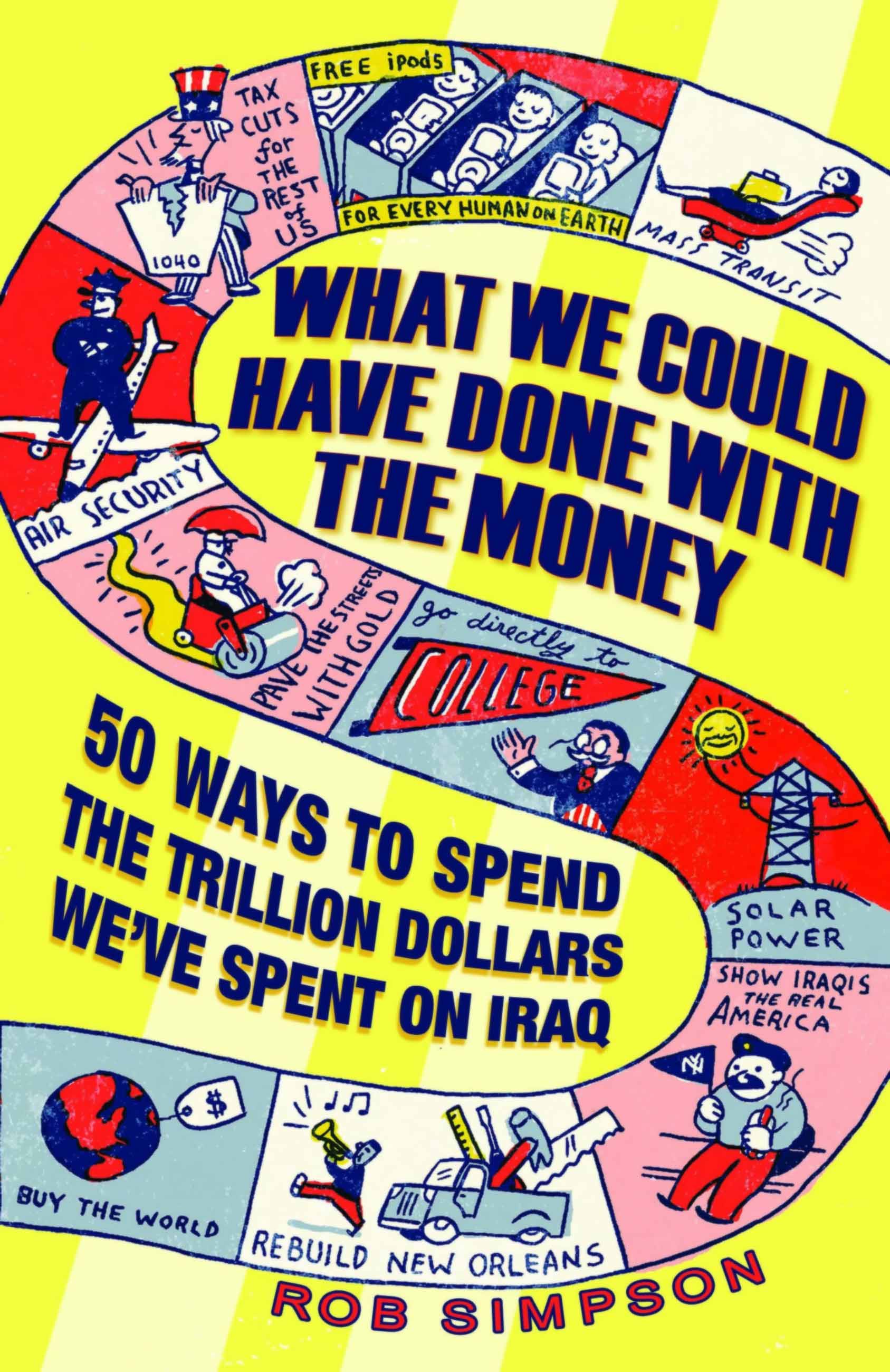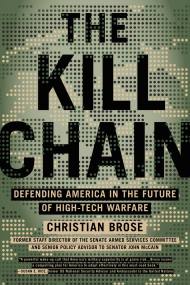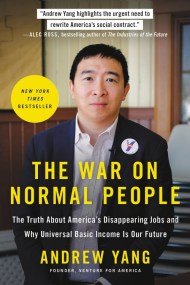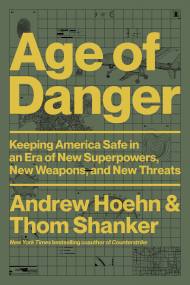Promotion
Use code MOM24 for 20% off site wide + free shipping over $45
What We Could Have Done with the Money
50 Ways to Spend the Trillion Dollars We've Spent on Iraq
Contributors
By Rob Simpson
Formats and Prices
Price
$9.99Price
$12.99 CADFormat
Format:
ebook $9.99 $12.99 CADThis item is a preorder. Your payment method will be charged immediately, and the product is expected to ship on or around July 1, 2008. This date is subject to change due to shipping delays beyond our control.
Also available from:
The war in Iraq is not only controversial, it’s also astronomically expensive. Now Rob Simpson answers the question many concerned Americans have been asking: Wasn’t there some other way the government could have spent one trillion of our tax dollars?
What We Could Have Done with the Money presents 50 thought-provoking spending alternatives. With a trillion dollars, we could . . .
Shocking, thought-provoking, and incredibly entertaining, Simpson takes a hard look at the government’s top priorities–both what they are and what they should be.
What We Could Have Done with the Money presents 50 thought-provoking spending alternatives. With a trillion dollars, we could . . .
- Fix Social Security right now: Stop worrying. Stop debating. It’s done. Over. Fixed.
- End homelessness in America: House 15 million homeless families, get a million kids out of foster care, and have change to spare!
- Give everyone in the world satellite TV: Can we have the revolution later? I’m watching CSI right now.
- Pay everyone in Iraq to be nice to each other: Hey! If someone tripled your salary for the next 20 years, wouldn’t you behave?
- Go Green: Give 100 million car buyers a $10,000 subsidy on their hybrid.
- Or gold . . . : Pave every highway in America with gold leaf.
- Play ball!: Fly everyone in Iraq to America, put them up in a nice hotel for three days with all the extras, take them to a baseball game and fly them home . . . and have a lot leftover.
- Cure cancer: Double research spending for as long as it takes.
Shocking, thought-provoking, and incredibly entertaining, Simpson takes a hard look at the government’s top priorities–both what they are and what they should be.
Genre:
- On Sale
- Jul 1, 2008
- Page Count
- 128 pages
- Publisher
- Hachette Books
- ISBN-13
- 9781401395834
Newsletter Signup
By clicking ‘Sign Up,’ I acknowledge that I have read and agree to Hachette Book Group’s Privacy Policy and Terms of Use
